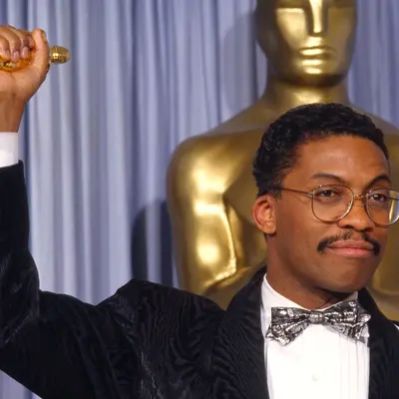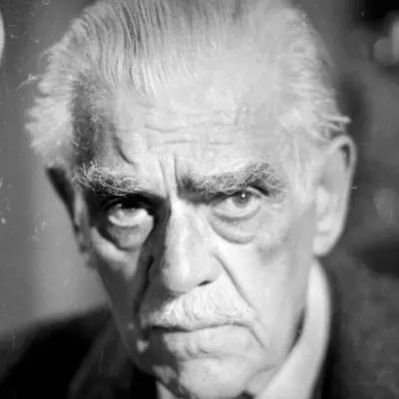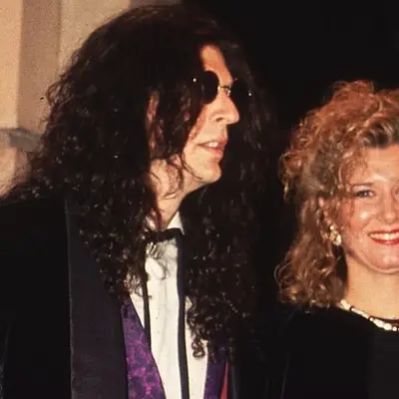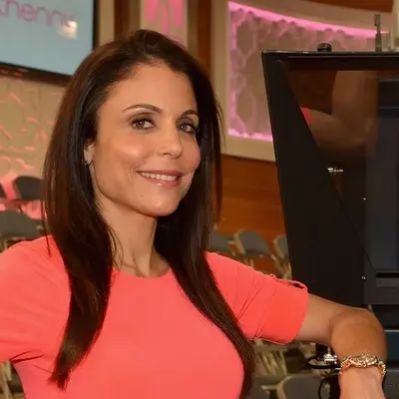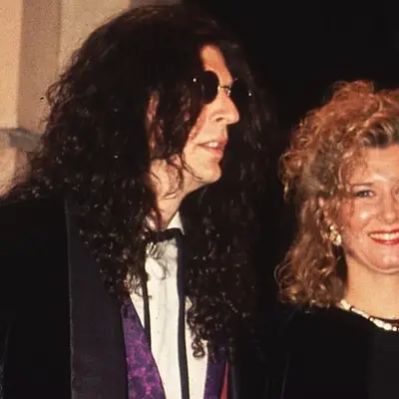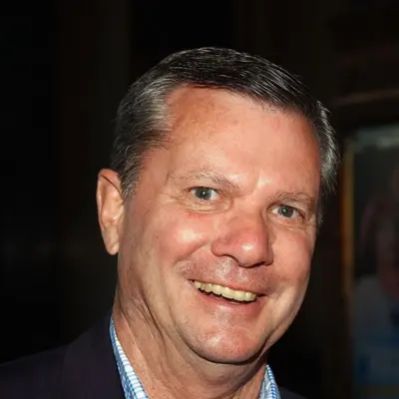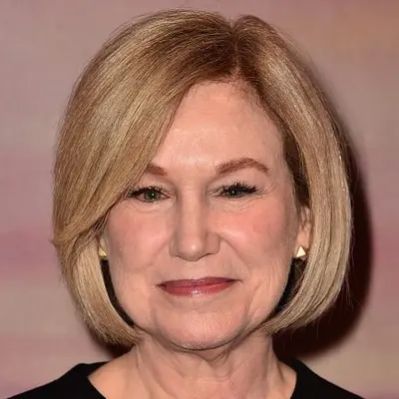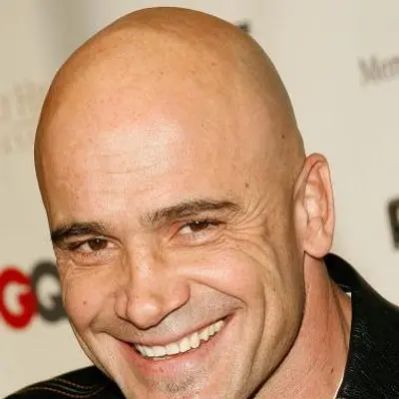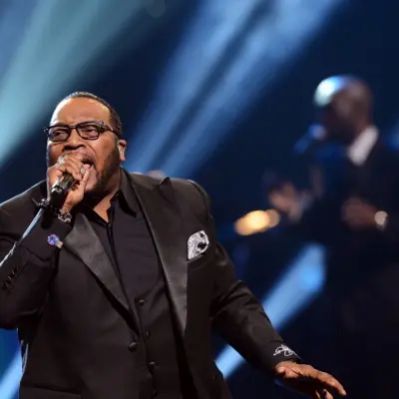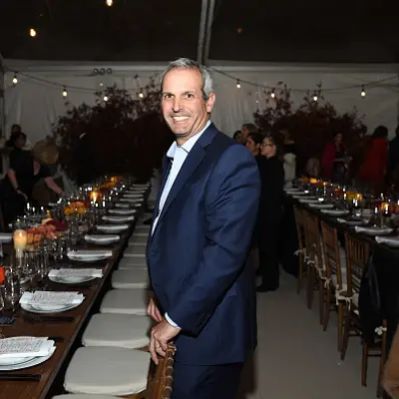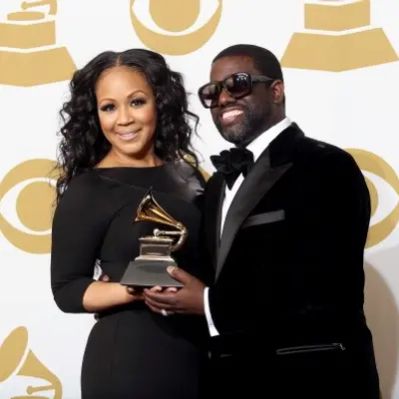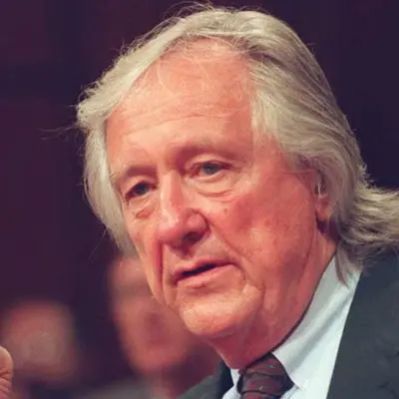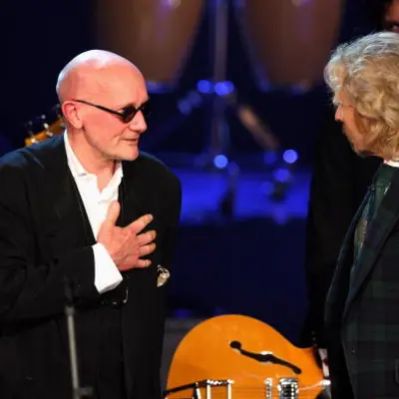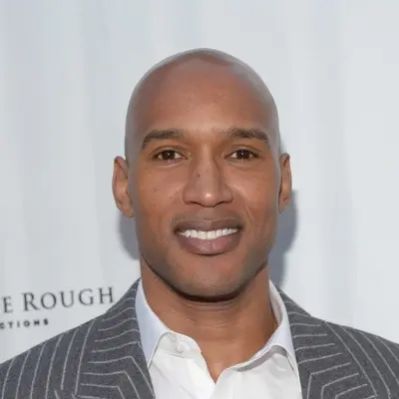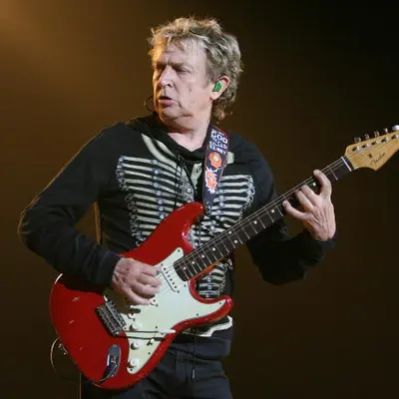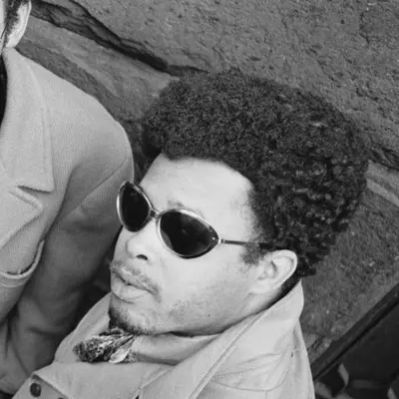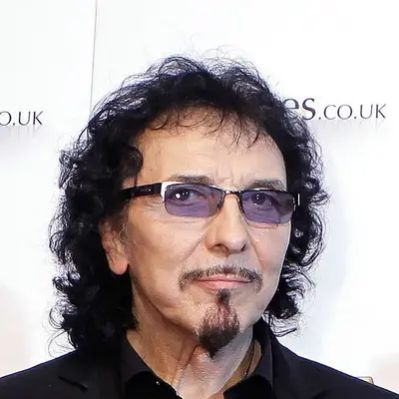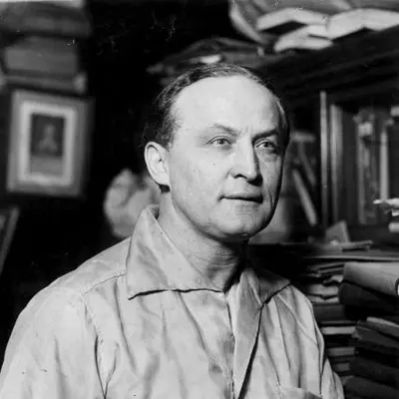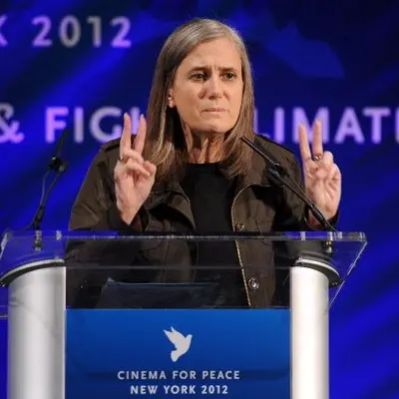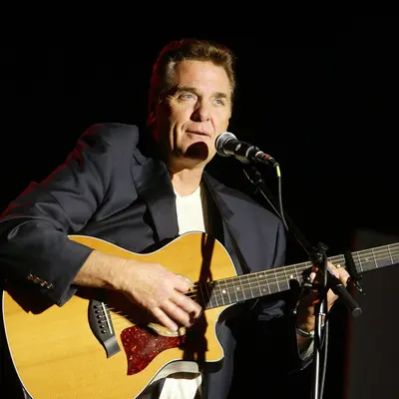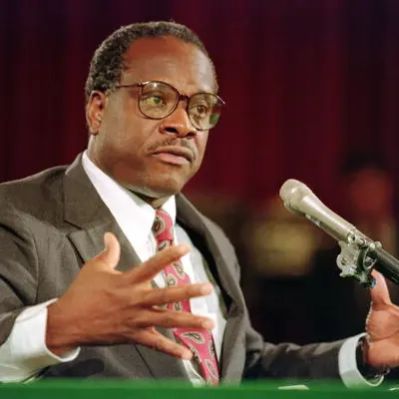What Is Herbie Hancock’s Net Worth
Herbie Hancock, a highly influential figure in jazz music as a pianist, keyboardist, bandleader, and composer, has accumulated a net worth of $10 million. This financial standing reflects his extensive career, marked by groundbreaking contributions to jazz, fusion, and electronic music over six decades. Hancock’s earnings are derived from a variety of sources, including album sales, royalties, live performances, and various other ventures.
Early Life and Career Beginnings
Born on April 12, 1940, in Chicago, Illinois, Herbert Jeffrey “Herbie” Hancock displayed prodigious musical talent from a young age. At age 11, he performed Mozart with the Chicago Symphony Orchestra, showcasing his early mastery of classical piano. Hancock’s parents supported his musical development, providing him with a strong foundation in classical music, which would later influence his innovative approach to jazz. He later studied engineering at Grinnell College, but the influence of jazz musicians like Oscar Peterson and Bill Evans led him to pursue a professional career in music. In 1960, Hancock’s talent caught the attention of trumpeter Donald Byrd, who invited him to join his group in New York City, marking the beginning of his professional jazz career.
The Miles Davis Era
In 1963, a pivotal moment in Hancock’s career occurred when Miles Davis invited him to join his “Second Great Quintet.” This ensemble, known for its innovative approach to jazz, included Wayne Shorter, Ron Carter, and Tony Williams. Hancock’s five-year tenure with Davis was marked by groundbreaking recordings such as “E.S.P.” and “Nefertiti,” which explored new rhythmic and harmonic concepts in jazz. During this period, Hancock composed several pieces that became jazz standards, including “Maiden Voyage” and “Cantaloupe Island.” These compositions showcased his ability to blend sophisticated harmonies with memorable melodies, solidifying his reputation as a leading figure in contemporary jazz.
Fusion and Electronic Music Innovations
The 1970s marked a period of significant experimentation for Hancock, as he embraced electronic instruments and funk rhythms. He formed The Headhunters, a band that pioneered jazz fusion. In 1973, The Headhunters released their self-titled album, which became the first jazz fusion album to achieve platinum status. A standout track from the album, “Chameleon,” became a crossover hit, demonstrating Hancock’s ability to reach a broader audience. Hancock continued to explore diverse musical styles, balancing his acoustic jazz projects with electronic ventures. In 1983, he released “Future Shock,” an album that featured “Rockit,” a Grammy-winning instrumental that blended jazz with hip-hop elements. This innovative track became one of the first jazz-hip-hop crossover hits, further expanding Hancock’s influence and reach.
Awards and Recognition
Herbie Hancock’s career has been recognized with numerous awards, underscoring his significant impact on music. He has won 14 Grammy Awards, including the prestigious Album of the Year for “River: The Joni Letters” in 2007. This was only the second time a jazz album had received this honor, highlighting Hancock’s ability to transcend genre boundaries and appeal to a wide audience. In 1986, Hancock won an Academy Award for Best Original Score for his work on the film “‘Round Midnight.” These accolades reflect his consistent commitment to artistic excellence and his ability to innovate across various musical styles.
Cultural and Educational Contributions
Beyond his musical achievements, Herbie Hancock has been a dedicated cultural ambassador and educator. In 2011, he was named a UNESCO Goodwill Ambassador for Intercultural Dialogue, reflecting his commitment to promoting understanding and collaboration through music. Hancock has also been involved in mentoring young musicians through programs such as the Thelonious Monk Institute of Jazz (now the Herbie Hancock Institute of Jazz). As the Institute Chair of Jazz Performance at the UCLA Herb Alpert School of Music, Hancock plays a crucial role in shaping the next generation of jazz musicians. His influence extends beyond jazz, with his compositions and recordings frequently sampled in hip-hop and his harmonic approaches studied by musicians across various genres.
Real Estate Investments
Herbie Hancock’s real estate portfolio includes a home in Los Angeles, which he purchased in May 1973 for $70,000. This property has significantly appreciated in value over the years and is currently estimated to be worth $4 million. This real estate investment represents a portion of Hancock’s overall net worth, reflecting his ability to make sound financial decisions in addition to his artistic endeavors.
Personal Life and Influences
Throughout his career, Herbie Hancock has maintained a stable personal life. He has been married to Gigi Hancock (née Meixner) since 1968, and they have one daughter, Jessica. Hancock has credited his practice of Nichiren Buddhism, which he embraced in 1972, with helping him maintain balance and focus in his life. This spiritual practice has influenced his approach to both his music and his personal relationships, providing him with a sense of inner peace and direction.
Legacy and Ongoing Relevance
As he continues to perform and record into his 80s, Herbie Hancock remains a vital and influential figure in music. His ongoing collaborations with young artists and his exploration of new musical territories demonstrate his commitment to innovation and growth. Hancock’s impact on jazz, fusion, and electronic music is undeniable, and his legacy continues to inspire musicians and audiences worldwide. His ability to blend artistic integrity with commercial success has made him a role model for aspiring musicians, while his dedication to education and cultural exchange has enriched the lives of countless individuals.
 Net Worth Ranker
Net Worth Ranker
